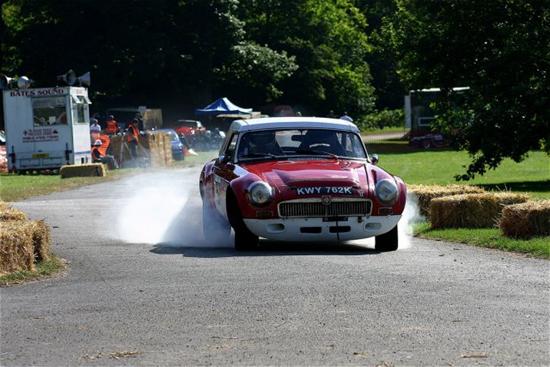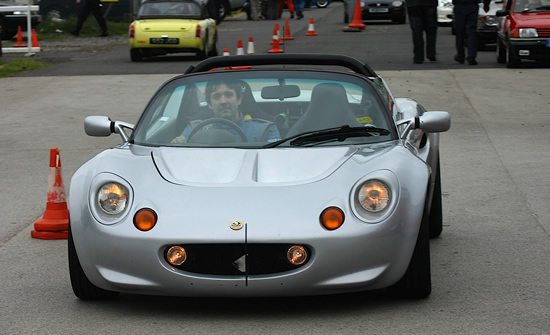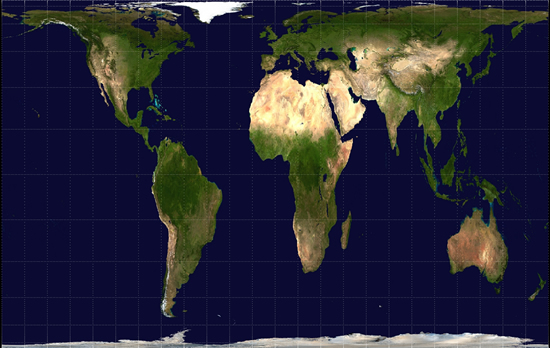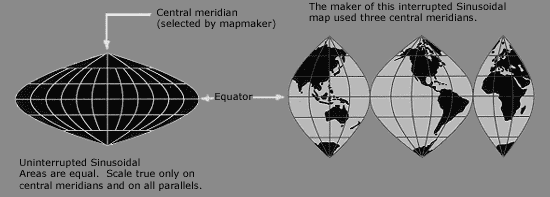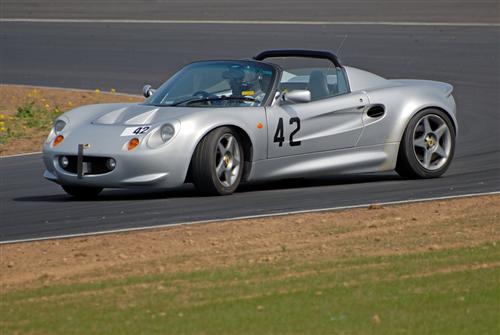If you’re in Britain you’ll already be aware that for the past few weeks we’ve been getting rain of near biblical proportions, with floods causing a lot of damage in the Midlands, and just a lot of heavy rain in the rest of the country.
Aintree wasn’t much different, though not quite so bad as last September where going out on my worn out tyres I felt as if I was powerboat racing. The rain came, and stayed on all day with some strong torrents. Ultimately my car span, but I can’t take too much of the blame… more later….
I’ve always loved the Aintree sprint. On the surface of it, it shouldn’t be a great event. The circuit is relatively simple, albeit surprisingly technical, and the weather can sometimes be dreadful, but I still love it. So in this season where I’ve really cut back on the events I’m doing, I’ve made sure I get in the odd event here. And I need it, on days I do a sprint or a trackday, that’s all I think about. Although some may think motorsport is stressful, to me I love the fact that for one whole day I’m not really stressing about business – I’m forever reading books, networking with people, keeping an eye on our servers to make sure they’re behaving, trying out new software, thinking about how to build new leads. A lot is done in the office of course, but as anyone who’s started a business will know, you don’t get much relaxation in the early days.
Back to the event… well, being a wet day, no records were going to be broken. The car was, however, in good form with the rebuilt dampers freshly fitted. Of course, I hadn’t had a chance to set them up right. And I wasn’t going to fiddle with the settings at Aintree either – I ain’t grovelling in the rain!
For the practice runs I was on a conservative 60.62 and 57.78, getting me second and first fastest times in the class. David Sykes, a newbie at Aintree, showing that he gets into the groove incredibly quickly with 60.35 and 58.03 times. The other close competitor here, Russell Thorpe who beat me here in the rain back in September set 61.12 and 57.93 times. I knew it’d be close between the three of us.
I knew my first competitive run would be critical – with the rain potentially getting harder, the chance of improving wasn’t high. So I went out with my teeth gritted (you can buy suitable grit from all reputable sports shops, in case you wondered) and did everything almost perfectly. The start, the three corners. In fact, everything was going just so until about 100yds from the finish line I decided a change from fourth to fifth would help as the engine was running out of puff. So it’s a shame I manage to select third….
It’s at this point I’d like to thank the people who used to work at Rover, to thank David Andrews who built my head, and all other people who’ve bolted my engine together in the past. Because in spite of being buzzed, momentarily, to over 9000rpm, it survived! I did listen carefully for new rattles but no, everything was great.
That spoiled my run, rather – I pottered over the line about ten miles an hour slower than I should have and set a 56.81… Russell, a car behind me, set a 56.73, and David Sykes was a second behind at 57.94.
The next two runs were basically the same, but without the mistakes. Myself finding 56.18 and 55.92, Russell a consistent pair of 56.62 and 56.61 and David Sykes failing to respond until his final time of 57.30 – damn good for someone new to Aintree and in the rain. But then we suspect he may not have seen just how solid those Grand National fences are. I was happy and relieved to get the class win – like all wet events, the Elise always makes you work hard for a win. Which Russell proved when I let him borrow the Elise for the ‘fun’ run that Liverpool Motor Club often manage to fit in at the end of the day. And I got to go and have a go in his Renault 5GT Turbo – and confirm that it has a handling problem, perhaps due to an over-aggressive differential, which makes his times at the moment all the more impressive.
